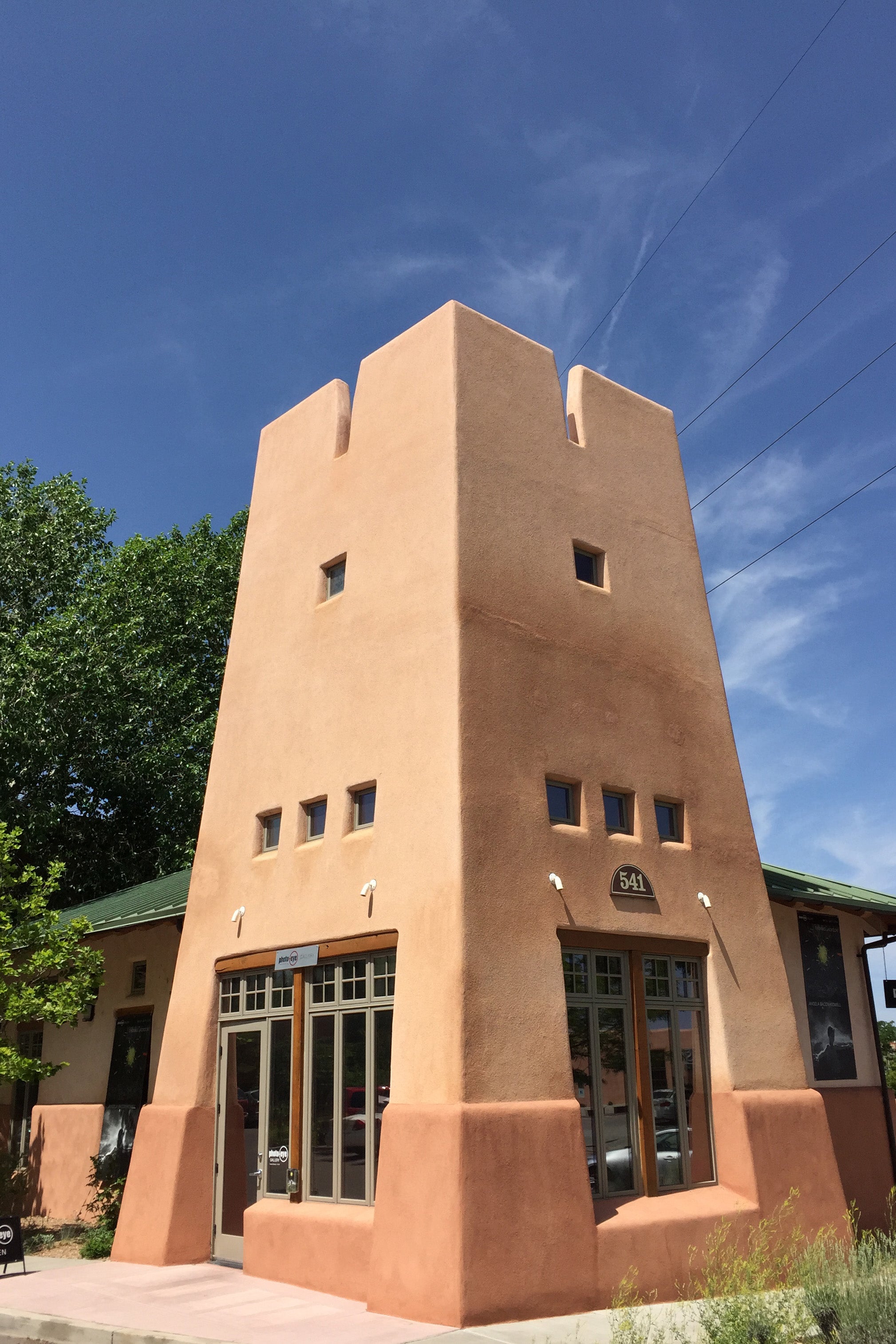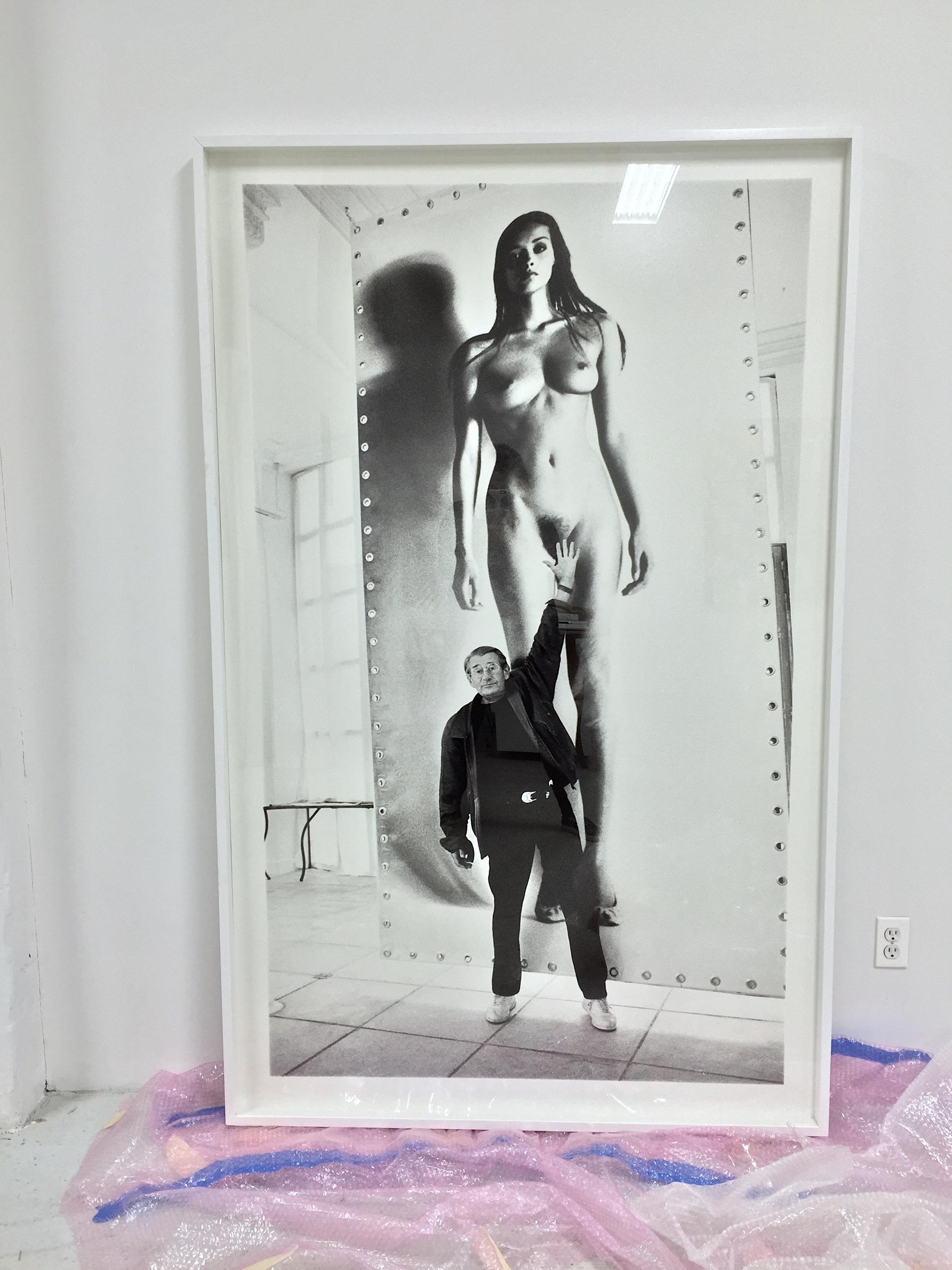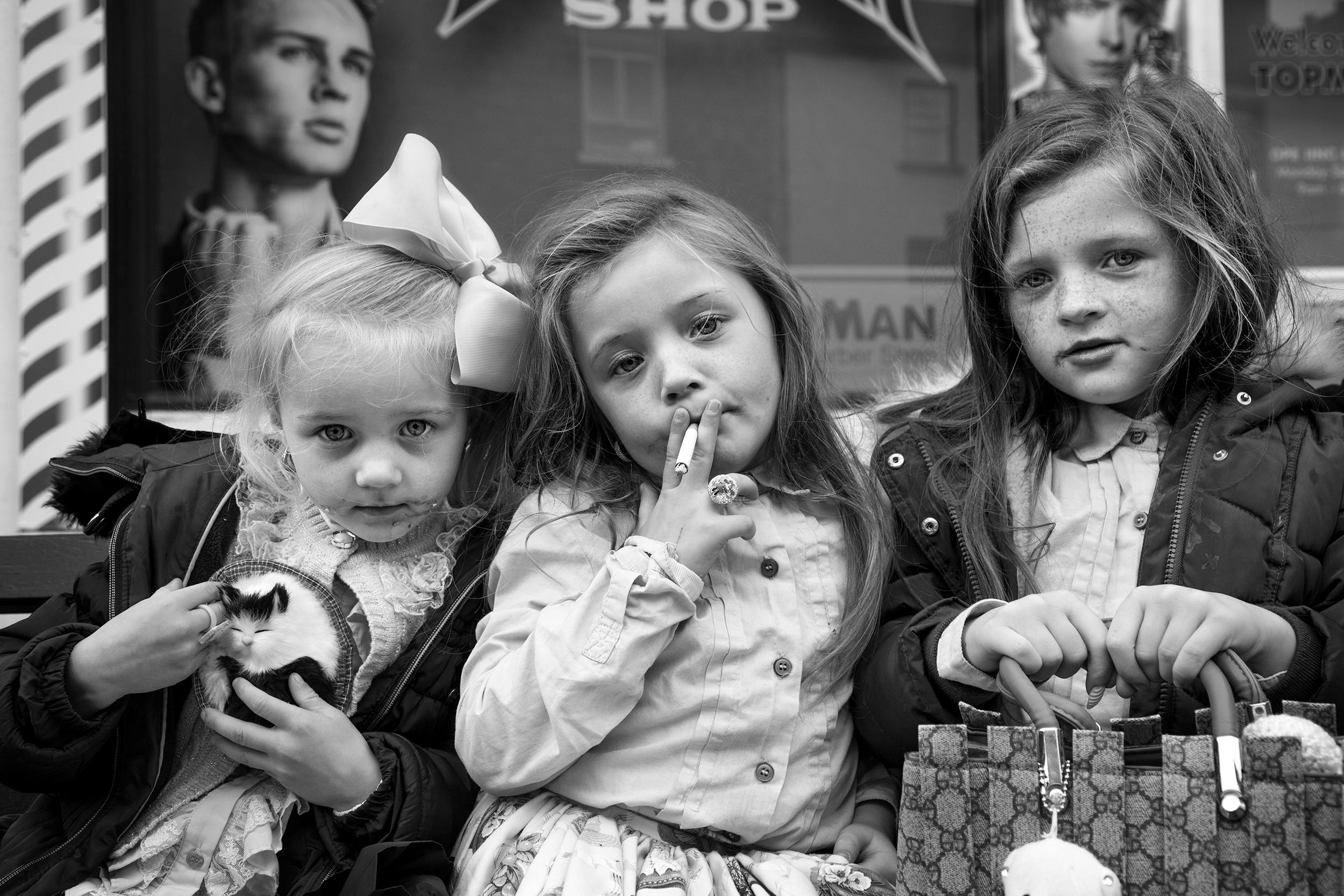Items Similar to Hirokazu Nishijima, Matsuo Kabuki
Want more images or videos?
Request additional images or videos from the seller
1 of 5
Hiroshi WatanabeHirokazu Nishijima, Matsuo Kabuki2003
2003
About the Item
Those Kabuki players you see in my photographs are not with the mainstream Kabuki companies in Tokyo. They are with localized small groups located in various parts of Japan. They are not professional actors in a sense, as they don’t get paid for their plays. They actually spend quite a lot of their own money to be in the plays. Kabuki is known for lavish make-up, costumes, and stage set-ups. As such, those who want to be in the plays must be committed and prepared. They spend their time and money because of their love for being in the theater—attention they get, pride, prestige, and joy of being part of their tradition. One such company is based in a town called Nakatsugawa. The town is cozily nested at the foot of Japan Alps Mountains. It was situated at the halfway point between Tokyo and Kyoto of the old main road called Nakasendo in Edo era, and because of this strategic location, it flourished as a trading post about three hundred years ago. The town became rich, but had no cultures as they are away from big cities. They had to wait for Kabuki Company to arrive, which comes only once a year. Being tired of waiting, they finally decided to do Kabuki by themselves. They built a theater and hired make-up artists, costumers, and stage craftsmen from Kyoto just for themselves, and they started to play their favorite stories. Thus it became their tradition. I believe good portraits are the ones that show the characters and personality of the subjects--their human beings. I find it a difficult task, as people are so well educated about photographs nowadays. People know how to pose, how to make impressions, and how to look good, and hardly reveal what they really are. Those Kabuki players are also hidden in heavy make-up and wardrobes in a made-up world. But when they sit in front of my camera between plays, they are so much saturated (and worried) in their roles, that they pay very little attention to my existence. They are struck with stage fright and they repeat their lines over and over as I photograph. Remember this is not what they do everyday. On the other hand, they are not afraid of me, or of anyone else, as their faces are shielded by the heavy make-ups. They can be themselves without worrying about other people, as if they were in the masquerade. They feel that no one knows who he or she really is, or at least people know that they were in a fictional world. At those moments, they are much closer to me.
- Creator:Hiroshi Watanabe (1951, Japanese)
- Creation Year:2003
- Dimensions:Height: 10 in (25.4 cm)Width: 10 in (25.4 cm)
- Medium:
- Movement & Style:
- Period:
- Framing:Framing Options Available
- Condition:
- Gallery Location:Sante Fe, NM
- Reference Number:1stDibs: LU134210492882

About the Seller
5.0
Vetted Seller
These experienced sellers undergo a comprehensive evaluation by our team of in-house experts.
Established in 1993
1stDibs seller since 2015
213 sales on 1stDibs
Typical response time: 12 hours
- ShippingRetrieving quote...Ships From: Santa Fe, NM
- Return PolicyA return for this item may be initiated within 14 days of delivery.
More From This SellerView All
- Woman, Dog, BedBy Robert StiversLocated in Sante Fe, NMStaging Pictures: Early Polaroids focuses on Stivers' working Polaroid prints, shot with a Hasselblad Polaroid back for instant proofing of lighting and composition of his subjects. ...Category
1980s Contemporary Portrait Photography
MaterialsSilver Gelatin
- Fukunosuke's HandsBy Hiroshi WatanabeLocated in Sante Fe, NMSarumawashi, literally "monkey dancing" evolved over a 1000-year history in Japan. Ancient Japanese chronicles refer to it as a form of religious ritual designed to protect the horse...Category
2010s Contemporary Black and White Photography
MaterialsSilver Gelatin
- Manuela Massimi as CortigianaBy Hiroshi WatanabeLocated in Sante Fe, NMIn the series “Comedy of Double Meaning’ Japanese photographer Hiroshi Watanabe photographs members of a Venetian theatrical troupe, the Pantakin Company, dressed as Pulcinella, Inna...Category
2010s Contemporary Black and White Photography
MaterialsSilver Gelatin
- AikichiBy Hiroshi WatanabeLocated in Sante Fe, NMSarumawashi, literally "monkey dancing" evolved over a 1000-year history in Japan. Ancient Japanese chronicles refer to it as a form of religious ritual designed to protect the horse...Category
2010s Contemporary Black and White Photography
MaterialsSilver Gelatin
- Aikichi 2By Hiroshi WatanabeLocated in Sante Fe, NMSarumawashi, literally "monkey dancing" evolved over a 1000-year history in Japan. Ancient Japanese chronicles refer to it as a form of religious ritual designed to protect the horse...Category
Early 2000s Contemporary Black and White Photography
MaterialsSilver Gelatin
- Michele Modesto Casarin as ArlecchinoBy Hiroshi WatanabeLocated in Sante Fe, NMIn the series “Comedy of Double Meaning’ Japanese photographer Hiroshi Watanabe photographs members of a Venetian theatrical troupe, the Pantakin Company, dressed as Pulcinella, Inna...Category
2010s Contemporary Black and White Photography
MaterialsSilver Gelatin
You May Also Like
- Daniel Craig Contact Sheet (Limited Edition of 25) - 30x40 In Celebrity PrintLocated in New York, NYThis is a 2002 contact sheet (a positive print of all the negative images from a roll of 35mm film or medium format film) of youthful-looking Daniel Craig...Category
Early 2000s Contemporary Black and White Photography
MaterialsSilver Gelatin
- Daniel Craig (Limited Edition of 25), 30x30 In - Celebrity PhotographyLocated in New York, NYDaniel Craig, photographed in 2002 by British celebrity and fashion photographer, John Stoddart, prior to Craigs casting as 007, James Bond. Craig was th...Category
21st Century and Contemporary Contemporary Black and White Photography
MaterialsSilver Gelatin
- Daniel Craig Contact Sheet (Limited Edition of 25) - Celebrity PhotographyLocated in New York, NYThis is a 2002 contact sheet (a positive print of all the negative images from a roll of 35mm film or medium format film) of youthful-looking Daniel Craig...Category
Early 2000s Contemporary Black and White Photography
MaterialsSilver Gelatin
- Portrait of Helmut Newton, Monte-Carlo 1995, ed. #4 of 5, B&W PhotographyBy Silas ShabelewskaLocated in Cody, WYThis portrait of Helmut Newton was taken in 1995 during a TV Special on Helmut Newton with Télé Monte-Carlo (in the Principality of Monaco at...Category
2010s Contemporary Black and White Photography
MaterialsSilver Gelatin
- Kitten, Cigarette, GucciLocated in Los Angeles, CAJamie Johnson is a photographer specializing in children documentary projects and well as wet plate collodion photography. As a mother and documentary ph...Category
2010s Contemporary Portrait Photography
MaterialsSilver Gelatin
- Maria Von Hartz, New York City, 1986 – Albert Watson, Celebrity, Nude, BackBy Albert WatsonLocated in Zurich, CHAlbert WATSON (*1942, Scotland) Maria Von Hartz, New York City, 1986 1996 Silver gelatin print Image 61 x 51 cm (24 x 20 1/8 in.) Edition of 10, plus 2 AP Print Only Albert Watson...Category
1980s Contemporary Black and White Photography
MaterialsSilver Gelatin





